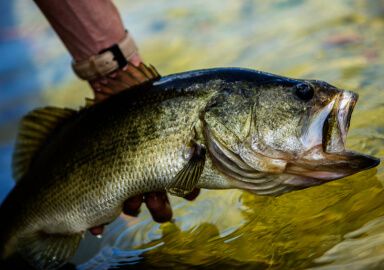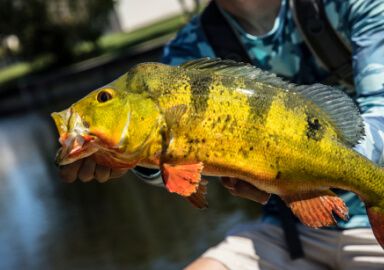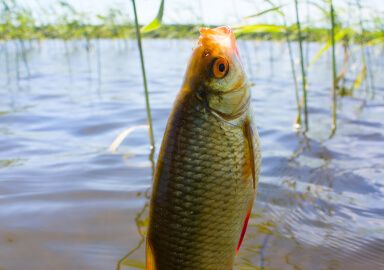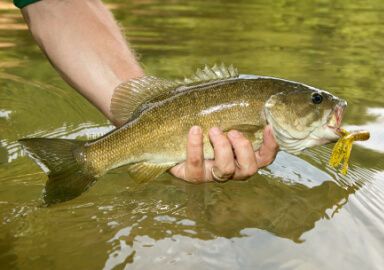Striped Bass
Striped bass are a magnificent anadromous gamefish that can be caught in the surf, in saltwater bays, and in some freshwater rivers and lakes.
View 45 listings
45
listings
–
price starting from
2
countries
–
to the nearest trip
Where and When?
Striped bass are native to the Atlantic coast of North America from the St. Lawrence River to Louisiana. These fish migrate between fresh and salt water, living most of their adult life in salt water but migrating to spawn in fresh water. One of the best places to catch striped bass is in the Chesapeake Bay, which is a large breeding area for these fish. Striped bass have also been introduced to the Pacific Coast of North America and to many large reservoirs across the United States. In these reservoirs they have adapted to freshwater habitat but there are only a few areas where the landlocked, freshwater striped bass naturally reproduce. Striped bass are often hybridized with white bass to produce hybrid fish known as wipers. These hybrids are better adapted to freshwater environments than striped bass and have been stocked in many lakes and reservoirs.
About Striped Bass
Atlantic striped bass are striking fish with a streamlined, silver bodies marked with horizontal black stripes running from the gills to the base of the tail. Striped bass found in the Gulf of Mexico look similar, but are a separate strain called Gulf Coast striped bass. Whether they’re called stripers or rockfish depends on the section of the Atlantic coast you’re visiting on your fishing trip. These fish commonly grow to 20 to 40 pounds and are strong fighters.
How to Catch?
Take some time out of your beach vacation to fish for striped bass by wading in the surf, taking a small boat out in a bay, or fishing offshore from a large boat. A variety of angling methods can be used to catch striped bass, including trolling and surf casting as well as casting live bait or artificial lures. Striped bass will take live bait such as minnows, worms, and crayfish. Artificial baits are also effective, including topwater lures (especially in the surf), bucktails, jigs, and spoons. In shallower water, such as in the Chesapeake Bay, they can often be caught with fly fishing gear as well.















